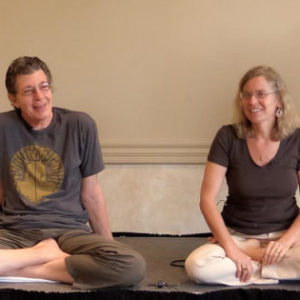ONLINE COURSE CO-TAUGHT BY DR. CLAUDIA WELCH AND DR. ROBERT SVOBODA
Welcome! We’re glad you are here.
We were introduced to rasa and vīrya in Lesson 4 of Foundations of Āyurveda Part I. In this 2.4-hour class, we revisit those concepts and add the concepts of vipāka and prabhāva and explore them together in some depth. This allows us a greater understanding of how what we ingest, and are exposed to, affects the creation and nourishment–or impingement–of the body’s dhātus (Lesson 3) and srotāṃsi (Lessons 4 & 5). This lesson sets the stage for understanding why herbs and other remedies will have the effects they will.
Of particular interest to students already familiar with the learning objectives for this lesson, might be the insights and discussion around a very clinically-practical approach to the concept of vipāka. This approach is based in the classics but is not how students generally learn it in schools–though we do cover that as well. Also of interest may be the discussion and notes on the relative strength of rasa, vīrya, vipāka, and prabhāva–a discussion that takes on more practical dimensions in Lesson 7 of Foundations of Āyurveda Part II: Saṃprāpti.
Regarding this particular course, you should know it is one excerpted lesson of our Foundations of Āyurveda Part II course. We are offering each lesson of that course as a stand-alone lesson–like this one–so that people can explore just one topic of interest but, if it seems a little out of context standing alone, it is because it is indeed out of context. But we feel the information presented will be valuable nonetheless.
If you would like more information on this course than what you’ll find on this page, whether it is approved for NAMA credits, etc., kindly peruse the home page–including the FAQs– for Foundations of Āyurveda Part II.
Textbooks: Dr. Vasant Lad’s Textbook of Ayurveda, Volume 1: Fundamental Principles of Ayurveda and Textbook of Ayurveda, Volume 2, A Complete Guide to Clinical Assessment, You can go through this course without either text, relying only on our lectures and handouts, but throughout our lessons we recommended readings from one or the other of these books, to enhance the information.




Reviews
There are no reviews yet.